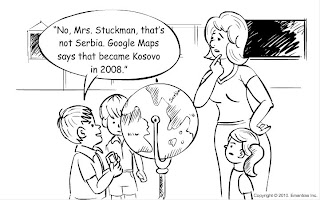
comprehend v comprehend [kompriˈhend]2 to include.
Related Definitions:
Apprehend, as, comprise , Imply and meaning etc.
Comprehend is very important to us student but sometimes we have difficult to understand some topic or lesson.
Tips :1.When reading a book, no matter what book it is, you must be completely focused on that book. A large number of people wonder why they can't comprehend what they are reading, but at the same time they have the television on and are watching something at the same time. This is a good way to not remember a word of what you read.
2.
Take your time! Unless you are being tested and have a small amount of time, there is no reason to rush through and simply skim the pages. Skimming makes you get done fast, but it's almost impossible to fully comprehend this way.
3.
Take a lot of breaks. Even if you love the book you are reading, taking a short break is absolutely necessary to be at your maximum comprehension level. Take a 10 minute break and then come back to the book.
4. After a certain amount of pages (or after a chapter),
take some time to pause and reflect on the main points of what you have just read. Let your mind digest all the information you have taken in.
Step 5

Use highlighters often!
Highlight or underline im
5.
Highlight or underline important parts of the book or parts that you have a question about. This allows you to come back to them and revisit them when your mind is fresh.


















